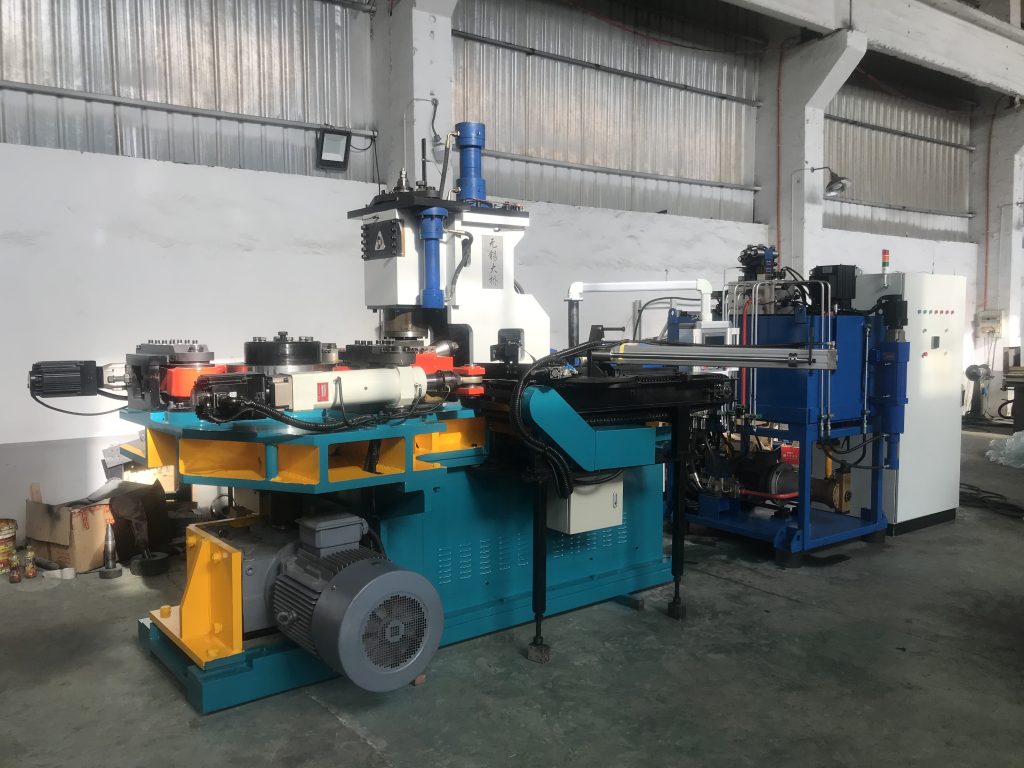The Indispensable Role of the Ring Rolling Machine in Industry

Title: An In-depth Overview of the Ring Rolling Machine
Introduction
The ring rolling machine, an essential piece of modern metalworking machinery, originated from the historical processes of blacksmithing and metalworking. It epitomizes the heights of technical advancement, bringing tremendous benefits to a myriad of industries, including the aerospace, shipbuilding, and automobile sectors.
Development and Function
Historically, the concept of ring rolling was birthed from traditional hand-forging methods, where metal was manually heated and hammered into required shapes. However, the advent of the industrial revolution in the 18th century marked the advent of mechanical processes, and among these developments was the ring rolling machine.
The ring rolling machine is designed for deformation processing of metal, where a circular piece of metal, also known as a ‘blank,’ is transformed into a ring with a specified diameter and thickness. The machine primarily comprises a main roll, a mandrel, and a pair of subsidiary rolls, namely, an idle roll and a guide roll.
Functionality and Usage
A ring rolling machine operates on the principle of continuous local deformation. Initially, a pre-heated metal blank is placed between the main roll and the mandrel. The interspaced idle roll and guide roll control the thickness and height of the ring produced. As the main roll applies pressure on the blank, it starts expanding radially, while the rotating mandrel ensures its consistent movement. The process is controlled carefully to prevent defects, ensuring seamless precision and preserving the uniformity of the metal structure.
Benefits and Industry Applications
The ring rolling method offers multiple advantages such as superior accuracy, minimized waste, enhanced strength, and significant cost and time savings. Furthermore, owing to its ability to generate diverse ring sizes and thicknesses, it is widely employed in manufacturing large bearings, high-pressure flanges, and gears for various mechanical and aerospace applications. Additionally, it sees extensive use in the production of large-diameter pipes within the petrochemical industry.
Conclusion
The ring rolling machine traces its origins to centuries-old metalworking practices, yet today, it symbolizes the epitome of modern metalworking technology. It continues to serve a critical role in various sectors and is key to the production of numerous industrial parts and equipment. Whether it is aerospace, automotive or shipbuilding, the efficiency and robustness of the ring rolling machine have made it an indispensable tool in modern industry.
